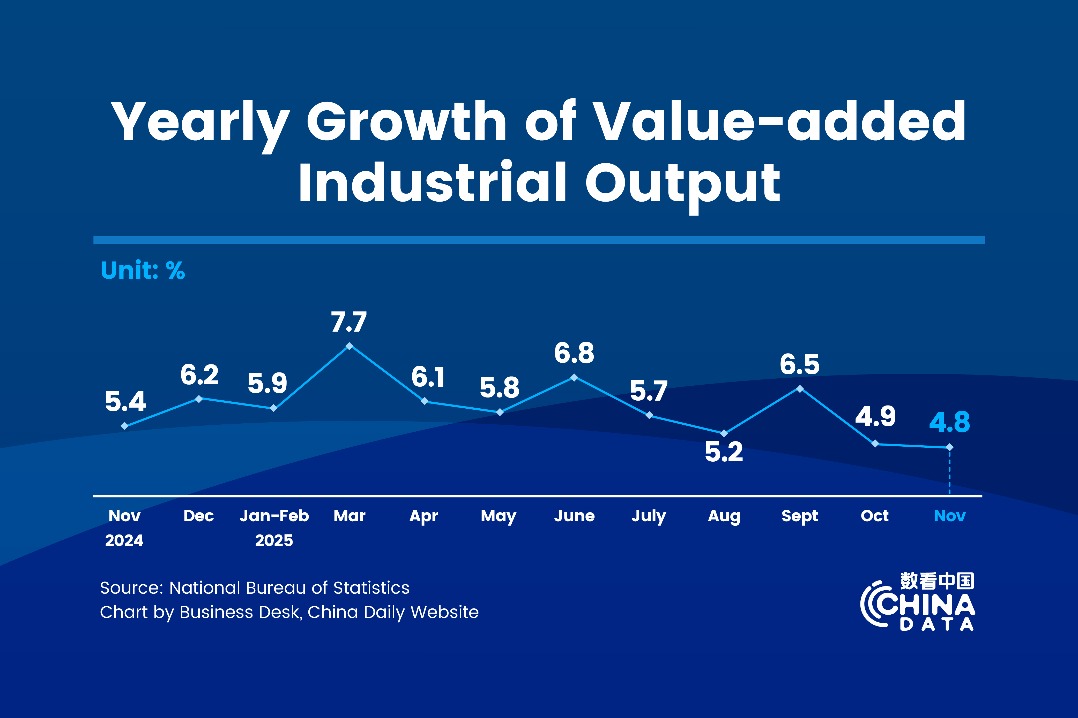Belt and Road boost sustainable development


Vaccines: New BRI frontier
In the wake of the COVID-19 pandemic, Chinese pharmaceutical companies are researching and developing vaccines with standardized processes, strictly following the scientific rules in place. The regulators concerned have said the inactivated vaccines produced by Chinese companies are safe and effective. The technology of inactive vaccine is mature and has been used in many other vaccines. The transport of the inactivated vaccines does not require ultralow cold chain logistics.
More than 10 BRI countries, including the United Arab Emirates, Indonesia, Pakistan, Turkey, Brazil, Egypt, Laos, Cambodia, the Philippines, and Bahrain, have been using Chinese vaccines already. More countries have signed vaccine procurement contracts with China.
At the request of the World Health Organization, China has decided to provide 10 million COVID-19 vaccine doses to COVAX, in order to meet the urgent needs of developing countries. Based on the BRI cooperation platform, China will offer more vaccine support to more countries, to strengthen efforts toward eradicating the disease.
Dual circulation is new stimulus
As China has embraced the dual-circulation development pattern, a new paradigm where the domestic and international economic circulations will be in a symbiotic relationship, with the domestic circulation as the mainstay, the Chinese economy and the world economy can be further accelerated.
China now emphasizes the importance of domestic economic circulation simply because its economic size is super-large with super-high potential for domestic demand. A strong Chinese economy, given its size relative to the global economy, is also good for the world.
Consumption has become the major driving force of economic growth in China. In 2010, consumption only accounted for 49.3 percent of the aggregate GDP, while the share increased to 55 percent in 2016, and further rose to 55.8 percent in 2019, with a slight decrease to 54.3 percent in 2020 due to the pandemic.
From international economic circulation perspective, the Chinese economy has been positively supporting the global economic growth mainly from two dimensions. On the one hand, Chinese imports and ODI keep growing steadily (though there has been a slight slowdown in 2020); on the other hand, Chinese exports and the continuous inflows of FDI into the country are growing.
The BRI is an important platform for supporting the dual-circulation development pattern. China and BRI countries have made great breakthroughs in trade, investment, and cooperation in international industrial capacity.
Digitalization
Owing to the pandemic, many things-people-to-people communication, business between companies, international trade-have changed dramatically. One obvious change is the fast expansion and development of services based on the internet, like online shopping, online education, telemedicine and online games.
In the field of digital economy, China has signed cooperation agreements with 16 countries. It has also built the Silk Road E-commerce Platform with 22 countries. To assist BRI countries fighting the epidemic, Chinese medical specialists have been providing online consultations on prevention, diagnosis and treatment of the disease.
The digital economy has contributed a staggering two-thirds of China's GDP($15.66 trillion in 2020, up 2.3 percent over 2019). This fact could act as an inspirational and achievable benchmark for BRI countries.
One of the major inspirations is that if a developing country can seize the opportunity of promoting digitalization in the new era of the fourth industrial revolution, there would be tremendous development progress. The time frame for modernization would be shortened. Thus, it would better fulfill the requirement of the United Nations 2030 Agenda for Sustainable Development.
To seize the opportunities brought by this digital transformation and fully exploit the BRI cooperation platform, we advocate four vital tasks:
First, improve the effectiveness of the fight against the epidemic using advanced digital technologies. For instance, the health code scanning process widely used in China has been effective in identifying the infection route of the epidemic. Video-conferencing to share the experiences of the fight against the virus, and telemedicine will also help.
Second, while maintaining the normal infrastructure, the importance of "new infrastructure" needs to be emphasized. By building 5G signal stations and many other such advanced infrastructure facilities, keep promoting the digital transition and popularize the technology of smart agriculture, smart manufacturing, smart cities and information-driven society.
Third, in line with the principles of fairness and multilateralism, ensure data safety and security.
China has proposed "Global Data Security Initiative" in 2020, which states that all countries should protect the openness, safety and stability of the global supply chain; the use of information technology should not be abused to damage and steal infrastructure data from others; personal data should not be leaked; mass surveillance over other countries should be banned; and companies should not be forced to reveal their data storage and other sensitive confidential information essential for business secrecy.
Finally, in this fast-developing digitalized time, we should make big efforts to introduce digitalization globally, to ensure some countries and some people do not fall back into poverty due to digital inequality, thereby negating poverty alleviation achieved by other economic policy measures.
The writer is executive dean and professor at Belt and Road School, Beijing Normal University.
The views don't necessarily reflect those of China Daily.



































